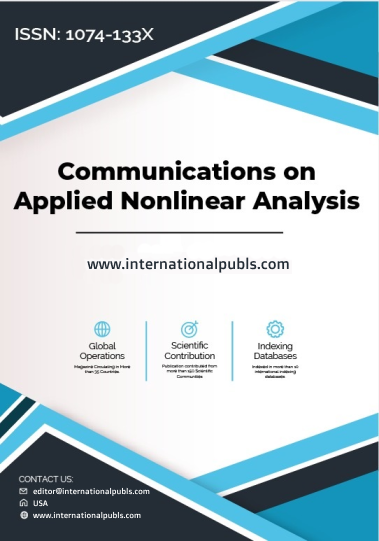Automated LSTM Based Deep Learning Model for Handwritten Telugu Answer Script Analysis
Main Article Content
Abstract
The growing demand for automated evaluation systems in educational environments, especially for languages with complex scripts like Telugu, drives the motivation for this research. Traditional handwriting recognition methods for Telugu have faced challenges with limited accuracy and adaptability, particularly in real-world educational scenarios. These limitations often result in reduced precision in character and sentence recognition, along with increased processing delays. This study proposes a novel system for the automated evaluation of handwritten Telugu answer scripts. The model incorporates advanced preprocessing techniques such as adaptive thresholding for binarization and Gaussian blurring for noise reduction, enhancing the readability of diverse handwriting styles. Robust feature extraction is achieved using Convolutional Neural Networks (CNNs) like ResNet101 and Inception networks. To capture the contextual flow of Telugu scripts, Quad Long Short-Term Memory (LSTM) networks are utilized, with Attention Mechanisms improving focus on intricate character sequences. Additionally, Transformer-based models like BERT, trained on Telugu text, enable the system to better understand the syntax and semantics of the language. For evaluation, Visual BERT embeddings and cosine similarity metrics are employed to ensure precise semantic analysis and answer matching. Testing across multiple datasets demonstrates a significant improvement over existing approaches, with higher precision and accuracy in character recognition and notable enhancements in area under the curve (AUC). Sentence recognition also shows marked improvements in precision, accuracy, and AUC. This work represents a significant advancement in automated evaluation systems for languages with intricate scripts, improving both efficiency and accuracy in educational assessments. Beyond its primary application, the system offers potential for broader uses in document processing and language technologies. This research makes a valuable contribution to the fields of automated handwriting recognition and natural language processing for Indic scripts.
